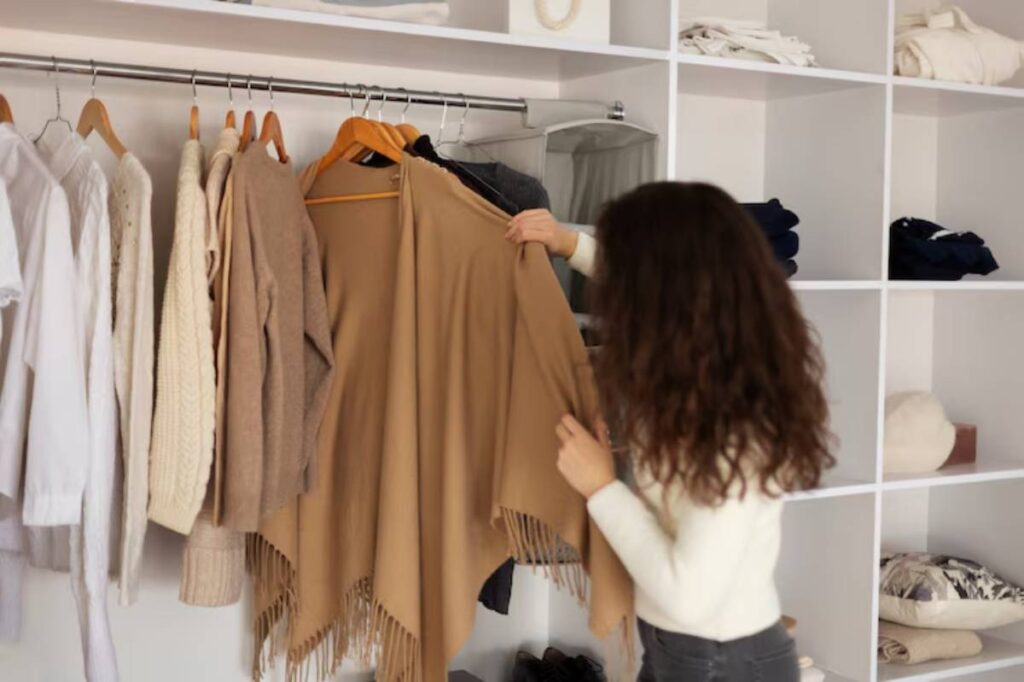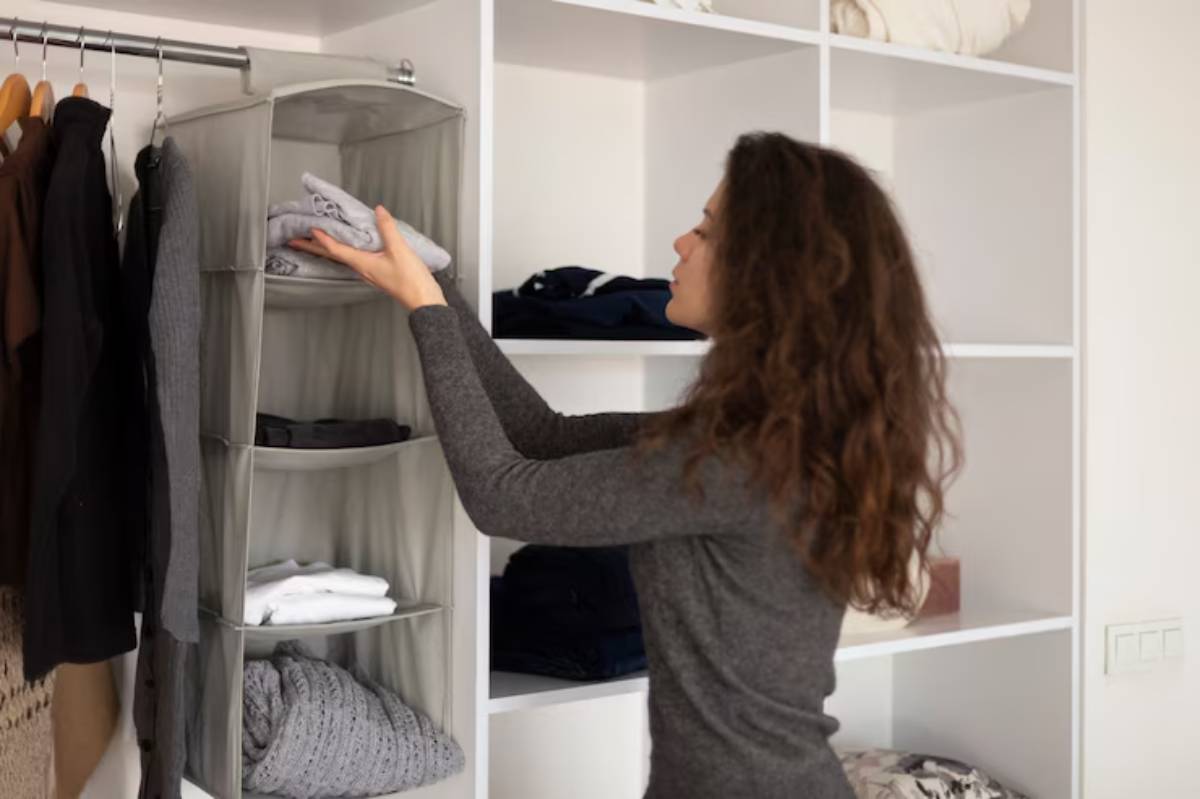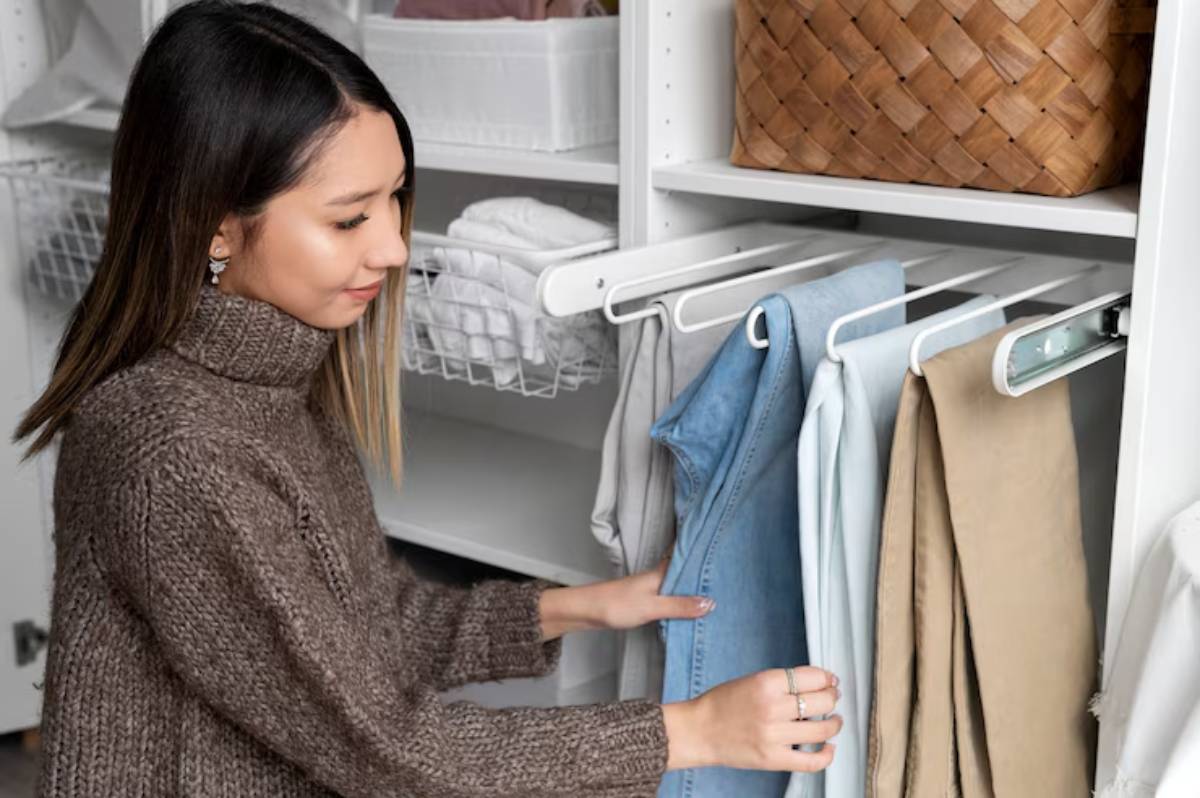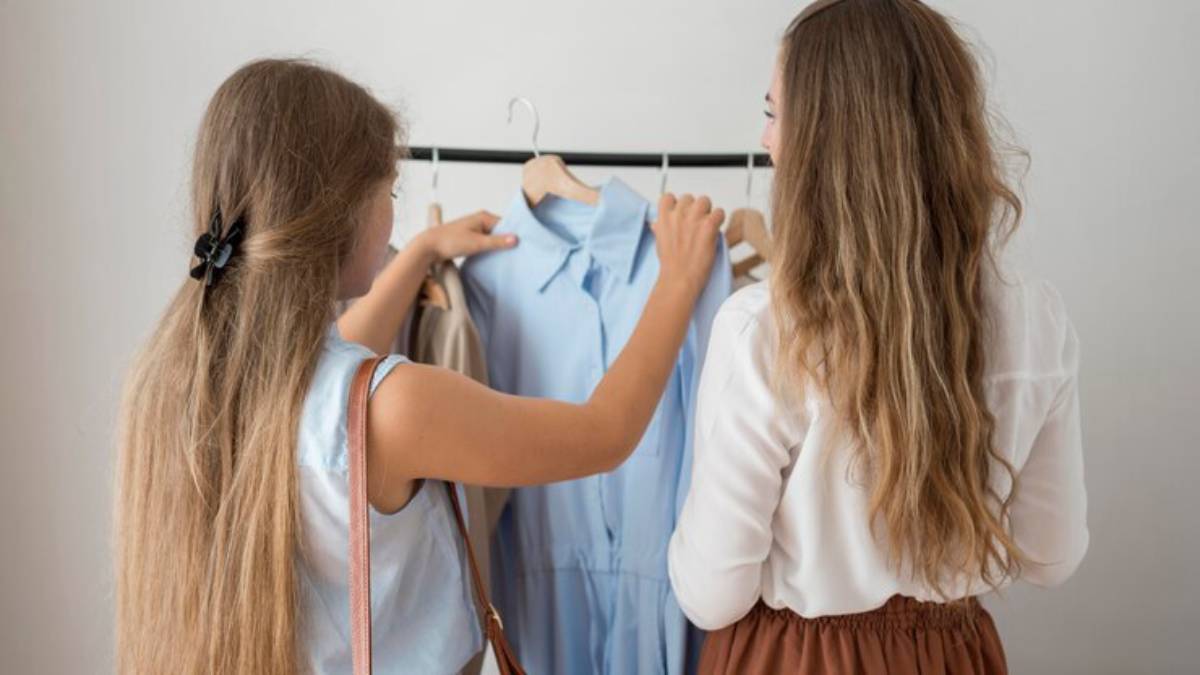The Fashion Blog

How to Transition to Sustainable Fashion Without Overhauling Your Closet
Feel like your wardrobe doesn’t quite reflect your values anymore? Maybe you’re reading more about fashion’s environmental toll or hearing about unethical labour practices in garment factories, and wondering how to make a change.
But here’s the good news:
you don’t need to throw everything out and start over.
A full-blown overhaul can feel overwhelming and wasteful. Instead, a gradual fashion switch is not only more realistic but also more impactful. The goal isn’t perfection—it’s progress.
In this guide, we’ll provide practical, sustainable fashion tips that help you embrace an ethical closet transition without losing your personal style or breaking the bank. Whether you’re a conscious newbie or a minimalist-in-training, this is your roadmap to dressing better for yourself and the planet.
Understanding the Core: What Does an Ethical Closet Transition Mean?

Transitioning to sustainable fashion is about rethinking how, why, and where you shop, not about replacing your entire wardrobe with expensive “eco” labels overnight.
According to the Ellen MacArthur Foundation, the fashion industry produces over 100 billion garments annually, many of which are worn fewer than ten times. The most sustainable garment is the one you already own. A gradual fashion switch encourages mindful choices, embracing longevity, and reducing impulse consumption.
Key Concepts to Understand:
- Sustainable fashion supports fair wages, reduced emissions, and ethical production.
- Ethical closets reflect values like human rights, animal welfare, and environmental care.
- Gradual change allows for learning, reflection, and smarter investments over time.
By focusing on small shifts rather than big overhauls, your transition becomes sustainable in every sense.
Quick Guide: Checklist at a Glance

Here’s a bird’s-eye view of the steps we’ll explore:
- Take stock of your current wardrobe
- Learn about sustainable materials and brands
- Shop your closet first before buying anything new
- Prioritise versatile, timeless pieces
- Avoid impulse shopping—make thoughtful lists
- Embrace secondhand, vintage, and swapping
- Invest slowly in ethical brands when needed
- Maintain your clothes for longer wear
- Share, resell, or donate responsibly
- Celebrate your progress, not perfection
Step-by-Step Guide to Practising a Gradual Fashion Switch

1. Start with What You Already Own
Before looking outward, look inward. Your wardrobe probably holds more potential than you think.
Ask yourself:
- What do I wear regularly—and why?
- What never gets worn—and why not?
- Can something be repaired or restyled?
Pro Tip: Create a “love it” pile and a “maybe” pile. Try styling your “maybe” items in new ways before deciding to part with them.
2. Educate Yourself on Materials and Labels
Not all fabrics are created equal. Synthetic fibres like polyester and nylon shed microplastics, while cotton can be water-intensive if not organic.
Look for:
- Organic cotton, TENCEL™, hemp, and recycled fabrics
- Certifications like GOTS, Fair Trade, OEKO-TEX, and B Corp
Important Note: “Natural” doesn’t always mean sustainable. Conventional cotton, for example, still uses harmful chemicals unless certified.
3. Shop Your Closet Before the Shops
Challenge yourself to restyle what you already own. Create capsule combinations, experiment with layering, or try accessories to breathe new life into your looks.
This also helps identify any genuine gaps in your wardrobe.
4. Define Your Needs and Style Intentionally
List the types of clothes you actually need based on your lifestyle:
- Work (e.g., meetings, creative roles)
- Casual (e.g., weekends, lounging)
- Events (e.g., weddings, formalwear)
Pro Tip: Stick to a cohesive colour palette. This makes it easier to mix and match sustainably.
5. Make a Wishlist and Stick to It
Creating a thoughtful wishlist helps avoid impulse purchases and trend-driven buying. Include details like fabric preferences, ethical credentials, and versatility.
Example: “Black linen wide-leg trousers — must be organic and ethically made. Can be worn 3+ ways.”
6. Explore Secondhand First
Resale platforms, vintage stores, and charity shops are treasure troves for timeless fashion. You can often find high-quality pieces at a fraction of the cost.
For an in-depth strategy, explore our guide on tips for shopping secondhand online successfully.
7. Gradually Introduce Ethical Brands
When buying new, support brands that align with your values. Take time to research their transparency, labour practices, and environmental policies.
Ethical labels to consider:
- Thought Clothing
- People Tree
- Armedangels
- Kotn
- Sezane (eco line)
Important Note: Ethical fashion can seem more expensive upfront, but well-made items often outlast cheaper alternatives, saving money in the long term.
8. Learn Basic Clothing Care Skills
Proper maintenance extends the life of your clothes dramatically.
- Wash cold and line dry
- Repair minor damage (e.g., sew buttons, fix seams)
- Rotate items to reduce wear and tear
Pro Tip: Invest in a fabric shaver or steamer to keep clothes looking fresh without dry cleaning.
9. Let Go Responsibly
When decluttering, donate to local charities, sell through apps like Vinted or Depop, or organise a swap with friends.
To find reputable marketplaces for eco-conscious shoppers, see our guide on best eco-friendly fashion marketplaces online.
10. Track Progress and Celebrate Wins
You don’t need a perfect wardrobe. Celebrate every swap, restyle, or conscious purchase. Keep a fashion journal or use wardrobe tracking apps to stay mindful.
Pro Tip: Take photos of your favourite outfits. When you’re tempted to shop, scroll through them for inspiration—you may already have what you’re looking for.
Important Note: Not all sustainable fashion needs to be labelled. Sometimes, your mum’s old jumper or a borrowed dress is the most sustainable choice of all.
Best Practices & Additional Insights
- Borrow Instead of Buy for special occasions
- Set a Monthly Budget for fashion to avoid mindless scrolling
- Use the 30-Wear Test: Will I wear this at least 30 times?
- Lean into Seasonal Refreshes instead of trend cycles
- Share your journey on social platforms—it helps normalise mindful consumption
Real-World Analogy
Think of transitioning to sustainable fashion like switching to healthier eating. You don’t toss out your entire kitchen—you make better swaps one step at a time. Small changes add up.
FAQs
Can I be sustainable if I still wear fast fashion?
Yes. Wearing what you already own, regardless of its origin, is more sustainable than discarding it prematurely.
How long does a gradual fashion switch take?
It varies. Some transition in months; others take years. There’s no deadline. Go at your own pace.
Are ethical clothes always more expensive?
Often, yes—but they’re better made and last longer. You’ll likely buy less overall, balancing the cost.
What’s the first item I should replace?
Start with the basics you wear often (e.g., T-shirts, jeans). Prioritise pieces you know you’ll use regularly.
Can I still follow trends sustainably?
Yes—just do it mindfully. Thrift trendy items or borrow from friends. Avoid buying trends brand-new.
Conclusion: How to Transition to Sustainable Fashion Without Overhauling Your Closet
Transitioning to sustainable fashion doesn’t mean discarding your identity—or your entire closet. It means choosing better, caring more, and shopping less.
By embracing a gradual fashion switch, you give yourself the freedom to learn, adapt, and evolve at your own pace. From re-styling old pieces to supporting ethical brands, every choice matters.
Ready to start your ethical closet transition? Begin with one small change today—then share your story and inspire others to dress with purpose.









